Everything You Need To Know About NPCI
npci
The National Payments Corporation of India (NPCI) is an umbrella organization for operating retail payments and settlements systems in India. It is an initiative by the Reserve Bank of India (RBI) and the Indian Bank Association (IBA) under the provisions of the Payment and Settlement Act, 2007, for creating a robust infrastructure in India for any kind of retail payments and settlements. Created with an intention to provide a fair infrastructure to the entire Indian Banking system, it is Not-for-Profit in nature and has made it possible to create payments both physically as well as electronically.

Management Team
Under the non-Executive Chairmanship of Mr. Biswamohan Mahapatra, a veteran who has served 33 years at RBI, the organization is owned by a consortium of major banks. The Board of Directors consists of nominees from the Reserve Bank of India and from nine core promoter banks.
There are nine main promoter banks in India which are:
- State Bank of India
- Canara Bank
- Punjab National Bank
- Bank of India
- Union Bank of India
- Bank of Baroda
- ICICI Bank
- HDFC Bank
- HSBC
Also read: Razorpay - Facilitating the SME's with effortless online payment mechanisms!
The corporation portfolio currently includes various services such as:
Unified Payments Interface (UPI)
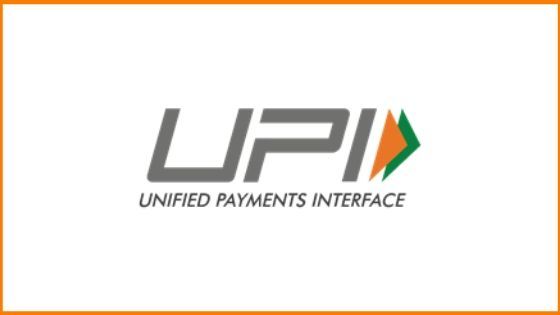
Unified Payments Interface (UPI) is a system that powers multiple bank accounts into a single mobile application (of any participating bank), merging several banking features, seamless fund routing, and merchant payments under a single hood. It also caters to the “Peer to Peer” collect request which can be scheduled and paid as per requirement and convenience.
With the above context in mind, NPCI conducted a pilot launch with 21 member banks on 11th April 2016 by Dr. Raghuram G Rajan (ex-Governor of RBI) at Mumbai. Banks have now uploaded their UPI enabled Apps on Google Play store.
The Participants of the service include the payer, payee, remitter bank, beneficiary bank, NPCI, bank account holders, and merchants. Some examples of UPI apps that you may already be using are PayTm, BHIM, PhonePe, Axis Pay, and many more.
RuPay
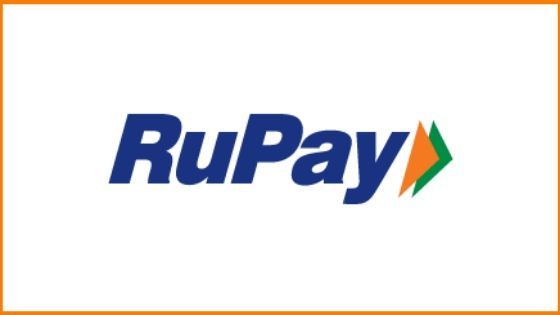
RuPay, which literally translates to Rupee and Payment merged together, is a domestic card scheme launched by NPCI in 2012 to fulfill the Reserve Bank Of India's desire to have a domestic, open loop, and multilateral system of payments in India . In India, 90% of credit card transactions and almost all debit card transactions are domestic; however, the cost of transactions remained high due to the monopoly of foreign gateways like Visa and Mastercard.
RuPay facilitates electronic payment at all Indian banks and financial institutions. NPCI maintains ties with Discover Financial to enable the card scheme to gain international acceptance.
Lower costs and affordability, customized product offering for Indian customers, interoperability between payment channels and products, and protection of information related to Indian consumers are just some of the advantages of RuPay as claimed by NPCI.
- RuPay Contactless
It is a contact-less technology feature that allows cardholders to wave their card in front of contact-less payment terminals without the need to physically swipe or insert the card into a point-of-sale device. This is an EMV-compatible, "contactless" payment feature similar to Mastercard Contactless, Visa Contactless and the ExpressPay, using RFID technology. All three use the same symbol. Contactless can currently be used on transactions up to ₹2000.
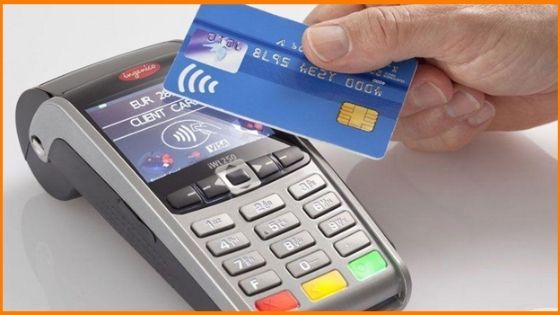
NPCI developed RuPay Contactless's specifications are open standards, interoperable, scalable, and can be adopted by all card schemes. RuPay Contactless (Transit as well as Retail) offers the unique proposition of one card for all payments. This card can be used for transit payments (bus, metro,cab etc.), toll, parking, small value offline retail payments, as well as normal day to day retail payments.
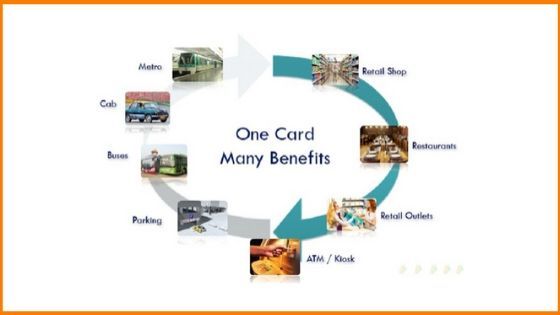
Bharat Interface for Money (BHIM)
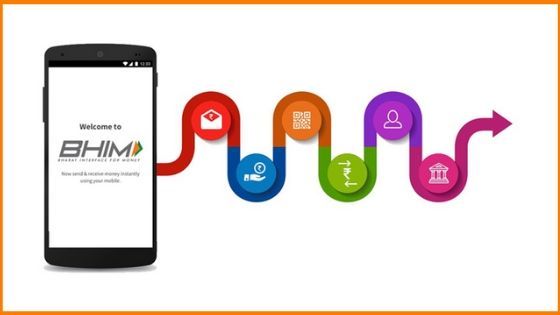
Bharat Interface for Money (BHIM) is a mobile application that lets you make quick payment transactions using Unified Payment Interface (UPI). You can make instant bank-to-bank payments and Pay and collect money using your mobile number or Virtual Payment Address (UPI ID). More than 125 lakhs citizens have been using the BHIM app since 2017.
Unlike mobile wallets (PayTM, MobiKwik, mPesa, Airtel Money, etc) which hold money, the BHIM app is only a mechanism which transfers money between different bank accounts. Transactions on BHIM are instantaneous and can be done 24/7 including weekends and bank holidays.
Users can create their own QR code for a fixed amount of money, which is helpful in merchant-seller-buyer transactions. Users can also have more than one payment address. If the 12-digit Aadhaar number is listed as a payment ID, the BHIM app will not require any biometric authentication or prior registration with the bank or Unified Payment Interface (UPI).
At present, there is no charge for transactions from ₹1 to ₹1 lakh. The minimum transaction amount should not be less than ₹1. A maximum of 20 transactions are allowed in a day. Some bank might however levy a nominal charge as UPI or IMPS transfer fee. Currently the fund transfer limit has been set to a maximum of ₹20,000 per transaction, and a maximum of ₹40,000 per day.
The BHIM app currently supports 13 languages (including English), though there are 22 official languages of India (excluding English) under 8th Schedule of Constitution of India. In near future, BHIM App is expected to support all 22 official languages of India along with other regional languages which are spoken widely next to the scheduled languages.
Relevant read: Instamojo - Aiding the Indian MSME's with effortless payment gateways!
Immediate Payment Service (IMPS)
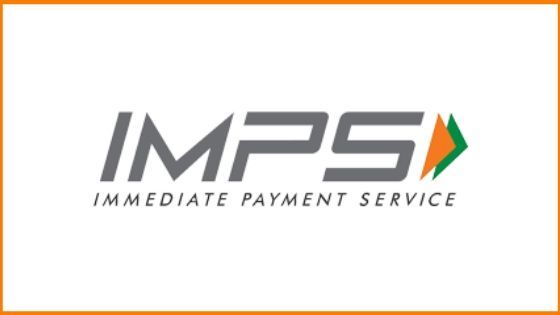
Immediate Payment Service (IMPS) is an instant payment inter-bank electronic funds transfer system in India. IMPS offers an inter-bank electronic fund transfer service through mobile phones. Unlike NEFT and RTGS, the service is available 24/7 throughout the year including bank holidays.
In 2010, the NPCI initially carried out a pilot for the mobile payment system with 4 member banks (State Bank of India, Bank of India, Union Bank of India and ICICI Bank), and expanded it to include Yes Bank, Axis Bank, and HDFC Bank later that year. IMPS was publicly launched on November 22, 2010. Currently, 53 commercial banks, 101 Rural/District/Urban and cooperative banks, and 24 PPIi have signed up for the IMPS service.
The participants of IMPS include the remitter (sender), beneficiary (receiver), banks, and National Financial Switch – NPCI.
You can avail the fund transfer service:
- Using Mobile number & MMID (P2P).
- Using Account number & IFS Code (P2A).
- Using Aadhaar number (IMPS).
National Electronic Toll Collection (NETC)
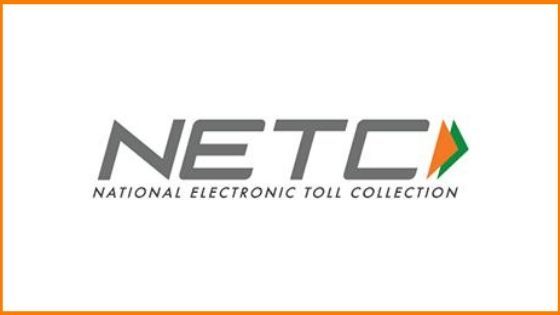
The National Payments Corporation of India (NPCI) has developed the National Electronic Toll Collection (NETC) program to meet the electronic tolling requirements of the Indian market. It offers an interoperable nationwide toll payment solution including clearing house services for settlement and dispute management.
Interoperability, as it applies to National Electronic Toll Collection (NETC) system, encompasses a common set of processes, business rules, and technical specifications which enable a customer to use FASTag as a payment mode on any of the toll plazas irrespective of who has acquired the toll plaza.
FASTag is a device that employs Radio Frequency Identification (RFID) technology for making toll payments directly while the vehicle is in motion. FASTag (RFID Tag) is affixed on the windscreen of the vehicle and enables a customer to make toll payments directly from the account which is linked to FASTag.
FASTag offers the convenience of cashless payment along with benefits like savings on fuel and time as the customer does not have to stop at the toll plaza. The program is currently live on 415+ toll plazas across the country. As per NHAI, FASTag has unlimited validity. 7.5% cashback offers were also provided to promote the use of FASTag. Dedicated Lanes at some toll plazas have been built for FASTag.
*99#
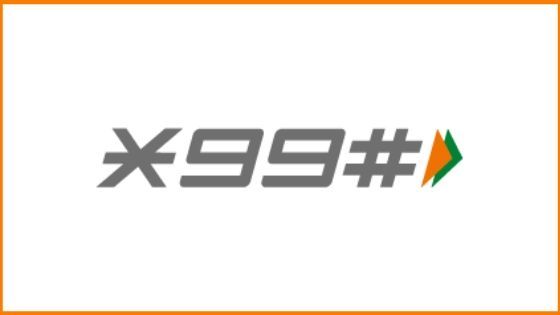
*99# service has been launched to take the banking services to every common man across the country. Banking customers can avail this service by dialing *99#, a "Common number across all Telecom Service Providers (TSPs)” on their mobile phones and transact through an interactive menu displayed on the mobile screen. Key services offered under *99# service include sending and receiving inter-bank account to account funds, balance enquiry, and setting/changing UPI PIN besides other services.
*99# service is currently offered by 41 leading banks and all GSM service providers. It can be accessed in 13 different languages including Hindi and English. *99# is a unique interoperable direct to consumer service that brings together diverse ecosystem partners such as Banks and TSPs (Telecom Service Providers).
It is a common technology platform developed by NPCI which allows banks and TSPs to seamlessly integrate with each other and provide banking services to customers at large over mobile phones (basic as well as smartphone).
Features of *99# service include:
- Use of USSD as the access channel that works across all GSM handsets (smartphone or otherwise), making it reach the last mile user.
- Supports menu-based applications that are easy to maneuver for the users.
- Does not require data connectivity (works on signaling channel) and this makes it a high availability service.
- Round the clock availability (works even on holidays).
- Accessible through a common code (*99#) across all GSM operators and mobile handsets.
- Additional channel for using BHIM app and a key catalyst for financial inclusion.
Must read: Everything You Need to Know About Unified Payments Interface
Bharat Bill Pay
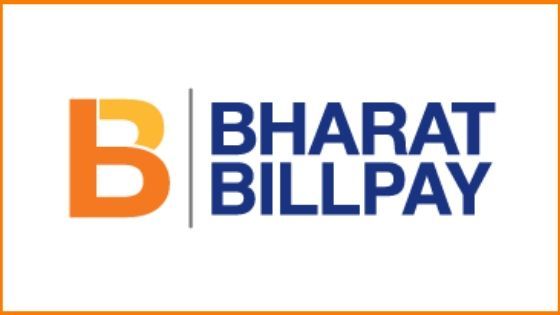
The Bharat bill payment system is a Reserve Bank of India (RBI) conceptualised system driven by the National Payments Corporation of India (NPCI). It is a one-stop ecosystem for payment of all kinds of bills, thus providing an interoperable and accessible “Anytime Anywhere” bill payment service to Indian customers with certainty, reliability and safety of transactions.
Bharat Bill Pay has multiple modes of payment and provides instant confirmation of payment via an SMS or receipt. It offers myriad bill collection categories like electricity, telecom, DTH, gas, water bills etc. through a single window. In future, biller categories may be expanded to include insurance premium, mutual funds, school fees, institution fees, credit cards, local taxes, invoice payments, etc. An effective mechanism for handling consumer complaints has also been put in place to support consumers regarding any bill related problems in Bharat Bill Pay.
BHIM Aadhaar
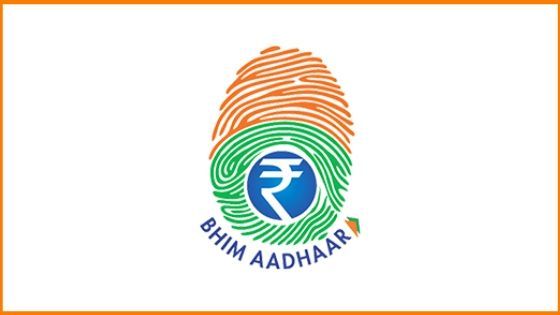
BHIM Aadhaar pay is an Aadhaar based payments interface which allows real time payments to merchants using the customer's Aadhaar number and authenticating him or her through biometrics. BHIM Aadhaar Pay Merchant Incentive Scheme was effective from 1st April, 2017. The end date of BHIM Aadhaar Pay Merchant Incentive Scheme was 31st March, 2019.
Merchants can initiate transactions where customers pay money using their Aadhaar number and authenticate the transaction using their biometrics for the goods and services purchased. To be able to effect the same, the merchant should have an Android mobile with the BHIM Aadhaar app installed and a certified biometric scanner attached with the mobile phone/kiosk/tablet through a USB Port or with Micro-ATM/POS, mPOS. The customer and merchant should have their Aadhaar number linked to their bank accounts.
Merchant can view the transaction for its status, whether it was a successful transaction, pending transaction, or a failed transaction. Customers can pay using their Aadhaar number and biometrics at merchant locations where BHIM Aadhaar Pay is accepted.
The merchant enters the customer details and amount in his or her BHIM Aadhaar Pay App and the customer provides his biometrics on the Merchant App after selecting the bank.
Limit on Value of Transaction: The per transaction limit is Rs. 10,000 (as the maximum incentive is capped at Rs. 50 at 0.5% of the transaction value) The maximum incentive which can be earned by the merchant in a month is Rs.2000. The BHIM Aadhaar Pay enabled merchant will receive the incentive between one to seven days after the date of transactions (the merchant should check with their banks for further details).
Must have tools for startups - Recommended by StartupTalky
- Convert Visitors into Leads- SeizeLead
- Website Builder SquareSpace
- Manage your business Smoothly Google Business Suite





